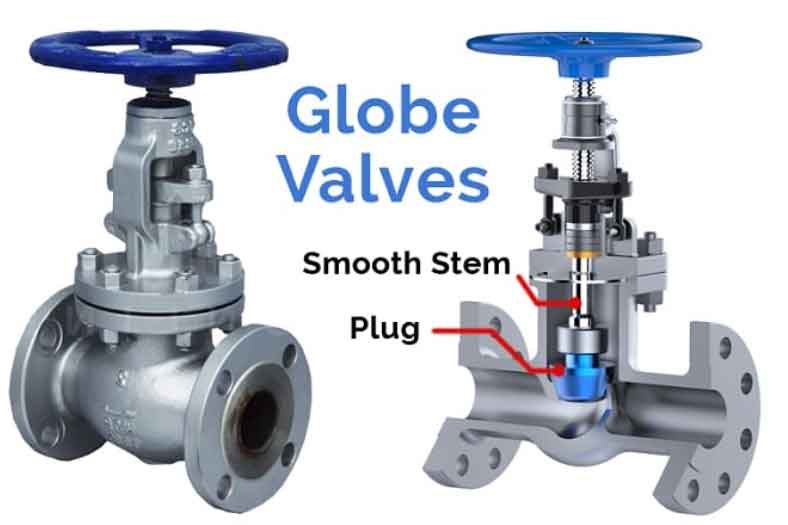Globe valves play a crucial role in industrial fluid handling systems, offering precise flow control, reliable shut-off, and modulation capabilities. Here are some key roles and functions of globe valves in industrial applications:

1. Flow Regulation:
One of the primary functions of globe valves is to regulate the flow of fluids within a system. By adjusting the position of the valve disc or plug, the flow rate can be precisely controlled, allowing for accurate modulation and regulation of the fluid flow.
2. Flow Isolation:
Globe valves are also used for flow isolation purposes, providing a reliable shut-off mechanism to stop or prevent the flow of fluids. When fully closed, the disc or plug of the valve makes contact with the seat, forming a tight seal and effectively isolating the fluid within the system.
3. Pressure Control:
Globe valves are commonly employed in applications where pressure control is crucial. By adjusting the valve opening, the flow resistance can be modified, which in turn affects the system’s pressure. This enables operators to maintain the desired pressure levels and protect downstream equipment.
4. Throttling and Modulation:
Globe valves are well-suited for throttling and modulation applications, allowing for precise control of fluid flow rates. By partially opening or closing the valve, the flow can be regulated to meet the specific process requirements, maintaining stable operation and optimizing system efficiency.
5. Mixing and Diverting:
In systems where fluid mixing or diverting is necessary, globe valves can be used to direct the flow of different fluids or to combine multiple streams. By employing multiple globe valves in parallel or series configurations, operators can achieve the desired fluid blending or diversion according to the process needs.
6. Process Control and Automation:
Globe valves are often integrated into process control systems, enabling automated control and remote monitoring. By incorporating actuators and control devices, globe valves can be operated remotely and integrated into control loops, providing real-time data feedback and precise flow regulation.
7. Safety and Emergency Shutdown:
Globe valves are utilized in safety systems and emergency shutdown applications to quickly and reliably shut off the flow in critical situations. These valves are commonly used in pipelines and equipment where the prompt isolation of fluids is necessary to prevent accidents, equipment damage, or environmental hazards.
8. Cavitation and Noise Control:
Globe valves can be designed with specific features, such as flow restrictors or noise-reducing trims, to address issues like cavitation and excessive noise that may occur in high-velocity fluid flows. These features help optimize the valve’s performance, reduce wear and tear, and minimize noise pollution.
Globe valves find extensive applications in industries such as oil and gas, power generation, chemical processing, water treatment, HVAC, pharmaceuticals, and many others. Their versatility, precise control capabilities, and reliability make them essential components in fluid handling systems, contributing to efficient and safe operation across a wide range of industrial processes.
